Home>Gardening & Outdoor>Landscaping Ideas>How To Make Zoysia Grass Grow Faster
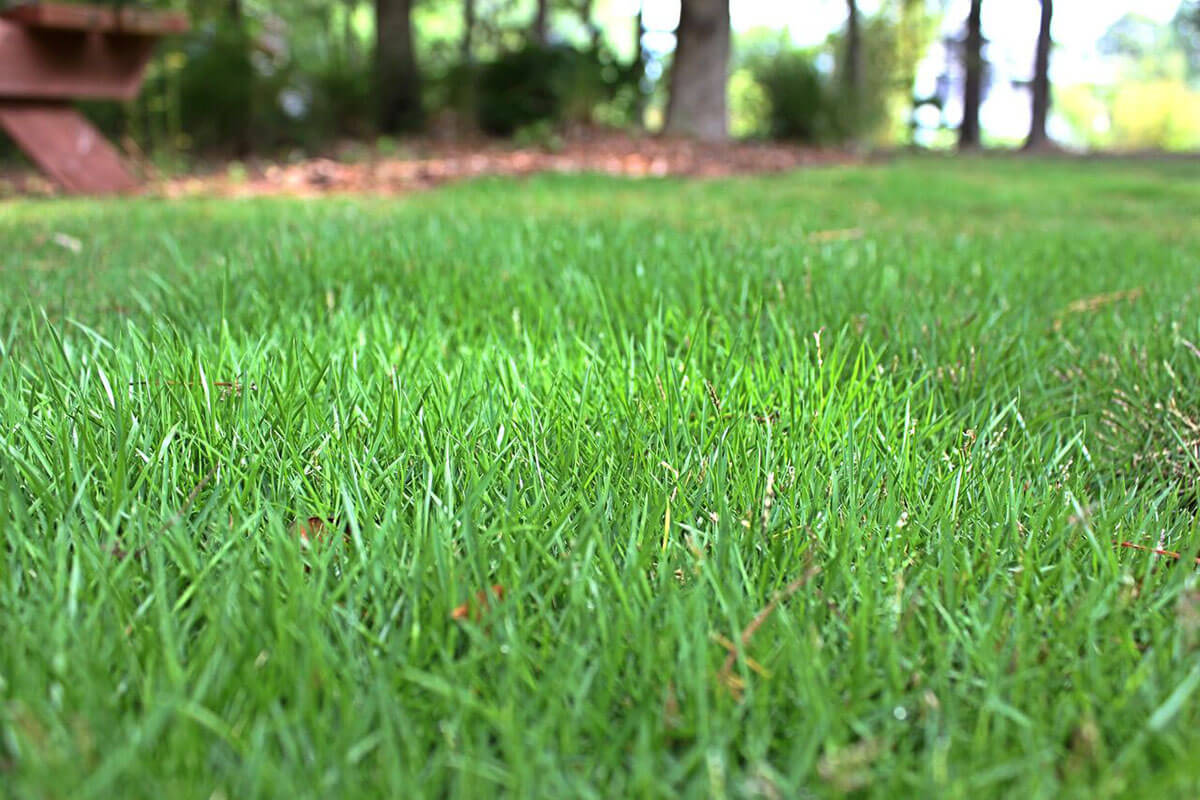

Landscaping Ideas
How To Make Zoysia Grass Grow Faster
Modified: April 1, 2024
Learn effective landscaping ideas to make Zoysia grass grow faster. Discover expert tips and techniques for a lush, vibrant lawn. Boost your curb appeal with our proven strategies.
(Many of the links in this article redirect to a specific reviewed product. Your purchase of these products through affiliate links helps to generate commission for Storables.com, at no extra cost. Learn more)
Introduction
Are you looking to transform your outdoor space into a lush, vibrant paradise? Perhaps you have chosen Zoysia grass for your lawn, or you are considering it as an option. Either way, you're in for a treat! Zoysia grass, known for its resilience, dense growth, and stunning emerald hue, can elevate the beauty of any landscape. However, achieving that picturesque lawn requires a bit of know-how and a touch of patience.
In this comprehensive guide, we will delve into the art and science of nurturing Zoysia grass to grow faster and healthier. From understanding the intricacies of Zoysia grass to mastering essential practices such as soil preparation, fertilization, watering, mowing, aeration, and overseeding, you will gain valuable insights that will empower you to cultivate a thriving Zoysia lawn. So, roll up your sleeves, put on your gardening gloves, and let's embark on this exciting journey to unlock the secrets of accelerating the growth of Zoysia grass.
Key Takeaways:
- Cultivating a lush Zoysia grass lawn requires soil preparation, fertilization, watering, mowing, aeration, and overseeding. Patience and consistency are key to unlocking its full potential.
- Zoysia grass, known for its resilience and vibrant green color, thrives in hot, humid climates. Understanding its growth habits and implementing essential care practices can create a stunning, durable lawn.
Read more: Why Does Rainwater Make Grass Grow Faster
Understanding Zoysia Grass
Zoysia grass, named after the 18th-century Austrian botanist Karl von Zois, is a warm-season grass celebrated for its exceptional durability and striking visual appeal. This grass variety thrives in regions with hot, humid climates, making it a popular choice for lawns in southern and coastal areas. Its dense growth pattern and fine-textured blades create a luxurious carpet-like effect that can elevate the aesthetics of any outdoor space.
One of the most remarkable characteristics of Zoysia grass is its ability to withstand heavy foot traffic and recover quickly from damage. This resilience makes it an ideal choice for lawns, golf courses, and other recreational areas where durability is paramount. Additionally, Zoysia grass exhibits impressive drought tolerance, enabling it to retain its vibrant green color even during periods of limited rainfall.
When it comes to growth habits, Zoysia grass is known for its slow initial growth, but once established, it can spread vigorously, forming a thick, uniform turf. This growth pattern contributes to its ability to outcompete weeds and create a visually stunning lawn.
It’s important to note that there are several varieties of Zoysia grass, each with its own unique attributes and ideal growing conditions. Some popular varieties include Emerald Zoysia, Meyer Zoysia, Zeon Zoysia, and Palisades Zoysia, among others. Understanding the specific characteristics of the Zoysia grass variety in your lawn will guide you in providing the best care and maintenance for optimal growth.
Now that we have gained a deeper understanding of the remarkable qualities of Zoysia grass, it’s time to explore the essential steps to accelerate its growth and maximize its potential. By implementing the right practices, you can unleash the full splendor of Zoysia grass, creating a verdant oasis that invites admiration and relaxation.
Soil Preparation
Before diving into the specifics of nurturing Zoysia grass, it’s crucial to lay a solid foundation for its growth by ensuring the soil is conducive to its development. Zoysia grass thrives in well-draining soil with a slightly acidic to neutral pH level. Here are essential steps for preparing the soil to create an optimal environment for Zoysia grass:
- Soil Testing: Conduct a soil test to assess the pH level and nutrient content of the soil. This information will guide you in making informed decisions regarding soil amendments and fertilization.
- Soil Aeration: Aerating the soil helps alleviate compaction, improves air circulation, and enhances water penetration. This process creates a hospitable environment for the development of healthy, robust roots.
- Weed Control: Prior to planting Zoysia grass, address any existing weed issues. Remove weeds and their roots to prevent competition for nutrients and space.
- Soil Amendments: Based on the results of the soil test, add organic matter or amendments to adjust the pH level and improve the soil structure. Incorporating compost or well-decomposed organic material can enhance the soil’s fertility and texture.
- Leveling: Smooth out the soil surface to create a uniform area for planting. Address any uneven areas and remove debris to establish an ideal foundation for the Zoysia grass to take root.
By meticulously preparing the soil, you are setting the stage for the successful establishment and accelerated growth of Zoysia grass. The enriched, well-aerated soil will provide the necessary support for the development of a robust root system, enabling the grass to thrive and flourish in the seasons to come.
Fertilization
Fertilization plays a pivotal role in nurturing the growth and vitality of Zoysia grass. By providing essential nutrients, you can bolster the grass’s resilience, promote vigorous growth, and enhance its lush green hue. Here’s a comprehensive guide to fertilizing Zoysia grass effectively:
- Timing: Understanding the appropriate timing for fertilization is crucial. For warm-season grasses like Zoysia, the ideal time to apply fertilizer is during its active growth phases, typically in late spring as the grass begins to green up and in early summer. Avoid fertilizing late in the growing season, as this can stimulate tender growth that may be susceptible to cold damage.
- Soil Test: Conduct a soil test to determine the nutrient levels and pH balance of the soil. This analysis will provide valuable insights into the specific fertilizer requirements of your lawn, allowing you to tailor the fertilization approach accordingly.
- Selection of Fertilizer: Choose a high-quality, slow-release fertilizer specifically formulated for use on Zoysia grass. Look for a fertilizer with a balanced NPK (nitrogen, phosphorus, and potassium) ratio, with an emphasis on nitrogen to support healthy leaf and stem growth.
- Application Technique: Apply the fertilizer evenly using a spreader to ensure uniform coverage. Follow the manufacturer’s instructions regarding the application rate and watering requirements post-fertilization.
- Watering After Fertilization: After applying the fertilizer, water the lawn thoroughly to allow the nutrients to penetrate the soil and reach the root zone of the grass. Adequate watering is essential to activate the fertilizer and facilitate nutrient absorption by the Zoysia grass.
- Maintenance Fertilization: As Zoysia grass establishes and enters its peak growth phase, consider a light application of fertilizer in mid-summer to sustain its vigor and color. However, refrain from excessive fertilization, as overfeeding can lead to thatch buildup and environmental imbalances.
By following these fertilization guidelines, you can provide the essential nutrients that Zoysia grass needs to thrive, ensuring that it flourishes and maintains its resplendent appearance throughout the growing season.
Watering
Proper watering practices are fundamental to the health and accelerated growth of Zoysia grass. By providing adequate moisture, you can support the development of a robust root system and sustain the lush, vibrant appearance of the grass. Here are essential guidelines for watering Zoysia grass effectively:
- Deep and Infrequent Watering: Encourage deep root growth by watering the lawn deeply but infrequently. This approach promotes the development of a resilient root system that can access moisture from deeper soil layers, enhancing the grass’s drought tolerance.
- Early Morning Watering: Schedule watering sessions in the early morning to minimize water loss due to evaporation. This timing allows the grass blades to dry during the day, reducing the risk of fungal diseases that thrive in moist conditions.
- Observation of Signs of Stress: Monitor the lawn for signs of moisture stress, such as wilting or a bluish-gray hue. When these indicators are present, it’s time to provide the grass with a thorough watering to rejuvenate its vigor.
- Rainfall Considerations: Adjust your watering schedule based on natural rainfall. During periods of adequate rainfall, reduce or suspend supplemental watering to prevent waterlogging and promote the development of a balanced root system.
- Newly Planted Zoysia Grass: If you have recently established Zoysia grass, ensure consistent moisture to support its establishment. Gradually transition to the deep and infrequent watering approach as the grass takes root and matures.
- Water Conservation: Embrace water conservation practices by optimizing irrigation efficiency. Consider the use of smart irrigation systems and mulching to minimize water wastage and maximize the utilization of moisture by the Zoysia grass.
By adhering to these watering principles, you can create an optimal moisture regimen that sustains the vigorous growth and enduring beauty of Zoysia grass, fostering a verdant landscape that beckons with its allure and vitality.
To make Zoysia grass grow faster, ensure it gets at least 1 inch of water per week, mow it regularly to promote growth, and fertilize it with a high-nitrogen fertilizer in the spring and summer.
Read more: How To Encourage New Grass To Grow Faster
Mowing
Proper mowing practices are essential for maintaining the health and aesthetics of Zoysia grass. By adopting the right mowing techniques, you can encourage dense growth, enhance the grass’s resilience, and create a manicured appearance that elevates the allure of your lawn. Here’s a comprehensive guide to mowing Zoysia grass effectively:
- Optimal Mowing Height: Set your mower to the recommended height for Zoysia grass, typically between 0.5 to 2 inches, depending on the specific variety. Maintaining the appropriate mowing height encourages healthy leaf development and promotes the suppression of weeds.
- Frequency of Mowing: Adhere to a regular mowing schedule to prevent the grass from becoming excessively tall. During the peak growing season, you may need to mow every 7-10 days, adjusting the frequency based on the grass’s growth rate and the desired appearance.
- Clipping Removal: Consider leaving the grass clippings on the lawn to decompose and return valuable nutrients to the soil. This practice, known as grasscycling, can contribute to the overall health and fertility of the Zoysia lawn.
- Mower Blade Maintenance: Ensure that the mower blades are sharp to achieve clean, precise cuts. Dull blades can tear the grass, leading to a ragged appearance and increased susceptibility to stress and diseases.
- Alternate Mowing Patterns: Vary the direction of mowing with each session to prevent the grass from developing a grain pattern. Changing the mowing pattern encourages upright growth and an even, uniform appearance.
- Mowing During Drought: During periods of drought or heat stress, raise the mowing height slightly to reduce stress on the grass and conserve moisture. Avoid mowing when the grass is excessively dry, as this can impede recovery and lead to scalping.
By embracing these mowing best practices, you can cultivate a Zoysia lawn that exudes elegance and vitality, showcasing the remarkable beauty and resilience of this exceptional grass variety.
Aeration
Aeration is a vital practice that can significantly enhance the health and vigor of Zoysia grass, promoting robust root development and improving the overall soil structure. By facilitating better air and water penetration into the soil, aeration fosters an environment conducive to the accelerated growth and sustained vitality of the grass. Here’s a comprehensive guide to aerating Zoysia grass effectively:
- Aeration Timing: Plan aeration during the active growth phase of Zoysia grass, typically in late spring to early summer. Performing aeration during this period allows the grass to capitalize on the enhanced soil conditions and expedite its growth and recovery.
- Assessment of Soil Compaction: Evaluate the soil for signs of compaction, such as pooling water, thinning grass, or the presence of thatch. Compacted soil restricts root growth and inhibits nutrient absorption, necessitating the need for aeration.
- Aeration Method: Utilize a core aerator to extract small plugs of soil from the lawn. This process creates channels for air, water, and nutrients to reach the grassroots, alleviating compaction and stimulating the grass’s vitality.
- Thatch Management: If thatch, a layer of organic debris, has accumulated on the soil surface, consider dethatching the lawn before aeration. This allows for more effective aeration and prevents the thatch from impeding the penetration of air and water.
- Post-Aeration Practices: Following aeration, consider topdressing the lawn with a thin layer of compost or sand to further enhance soil structure and provide additional nutrients. This step complements the aeration process, fostering a favorable environment for Zoysia grass growth.
- Watering and Recovery: After aeration, water the lawn to facilitate the breakdown of the soil cores and promote their integration into the turf. The grass will undergo a period of recovery, during which it will capitalize on the improved soil conditions to accelerate its growth and rejuvenation.
By incorporating aeration into your lawn care regimen, you can optimize the growing conditions for Zoysia grass, fostering a robust and resilient turf that captivates with its lush, verdant expanse.
Overseeding
Overseeding presents an effective strategy for rejuvenating and thickening the appearance of established Zoysia grass, promoting a denser turf and enhancing its visual appeal. This practice involves sowing additional grass seed over the existing lawn to fill in sparse areas, improve resilience, and introduce new cultivars for increased genetic diversity. Here’s a comprehensive guide to overseeding Zoysia grass effectively:
- Identification of Target Areas: Assess the lawn to identify areas with thinning grass coverage, bare patches, or signs of wear and tear. These areas are prime candidates for overseeding to revitalize the density and uniformity of the Zoysia turf.
- Selection of Quality Seed: Choose high-quality Zoysia grass seed that aligns with the existing variety in your lawn. Opt for certified seed blends that offer improved disease resistance, enhanced color, and compatibility with the prevailing growing conditions.
- Preparation of the Site: Prior to overseeding, mow the existing grass at a lower height to facilitate seed-to-soil contact. Rake the targeted areas to loosen the soil and remove any thatch or debris that may impede seed germination.
- Seed Application: Distribute the Zoysia grass seed evenly over the designated areas using a broadcast spreader or a hand-held seeder. Follow the recommended seeding rates to achieve the desired coverage without overcrowding the turf.
- Soil Contact and Watering: After seeding, lightly rake the soil to ensure good seed-to-soil contact, which is essential for germination. Water the overseeded areas gently to settle the seeds into the soil and initiate the germination process.
- Post-Seeding Care: Maintain consistent moisture in the overseeded areas to support seed germination and establishment. Refrain from mowing these areas until the new grass reaches a height of 2-3 inches, allowing it to develop a strong root system.
By embracing overseeding as a rejuvenation strategy for Zoysia grass, you can invigorate the density and resilience of your lawn, fostering a lush, uniform turf that embodies the enduring beauty and vitality of this exceptional grass variety.
Conclusion
Cultivating a thriving Zoysia grass lawn is a rewarding journey that encompasses a blend of art, science, and dedication. By understanding the unique characteristics of Zoysia grass and implementing essential practices such as soil preparation, fertilization, watering, mowing, aeration, and overseeding, you can unlock the full potential of this exceptional grass variety, creating a verdant oasis that captivates with its resilience and beauty.
Throughout this guide, we’ve delved into the intricacies of nurturing Zoysia grass to accelerate its growth and enhance its vitality. From meticulously preparing the soil to provide an optimal foundation for the grass’s development to embracing effective watering practices that sustain its vigor, each step contributes to the creation of a lush, vibrant lawn that beckons with its allure.
As you embark on this journey, remember that patience and consistency are key virtues in the care and maintenance of Zoysia grass. By adhering to the best practices outlined in this guide and adapting them to the specific needs of your lawn, you can foster an environment where Zoysia grass thrives, creating a captivating tapestry of green that invites admiration and relaxation.
Ultimately, the allure of a Zoysia grass lawn extends beyond its visual appeal. It embodies resilience, durability, and a timeless elegance that transforms outdoor spaces into enchanting retreats. Whether it’s the dense, velvety texture underfoot or the vibrant emerald hue that captivates the eye, a well-tended Zoysia lawn is a testament to the artistry of nature and the stewardship of dedicated gardeners.
So, as you embark on this journey, embrace the wonder of nurturing Zoysia grass, and savor the transformation of your outdoor sanctuary into a haven of natural splendor. With each step, you are fostering the growth of a living masterpiece, where the resilience and beauty of Zoysia grass unfold in harmony with the rhythms of nature.
Frequently Asked Questions about How To Make Zoysia Grass Grow Faster
Was this page helpful?
At Storables.com, we guarantee accurate and reliable information. Our content, validated by Expert Board Contributors, is crafted following stringent Editorial Policies. We're committed to providing you with well-researched, expert-backed insights for all your informational needs.
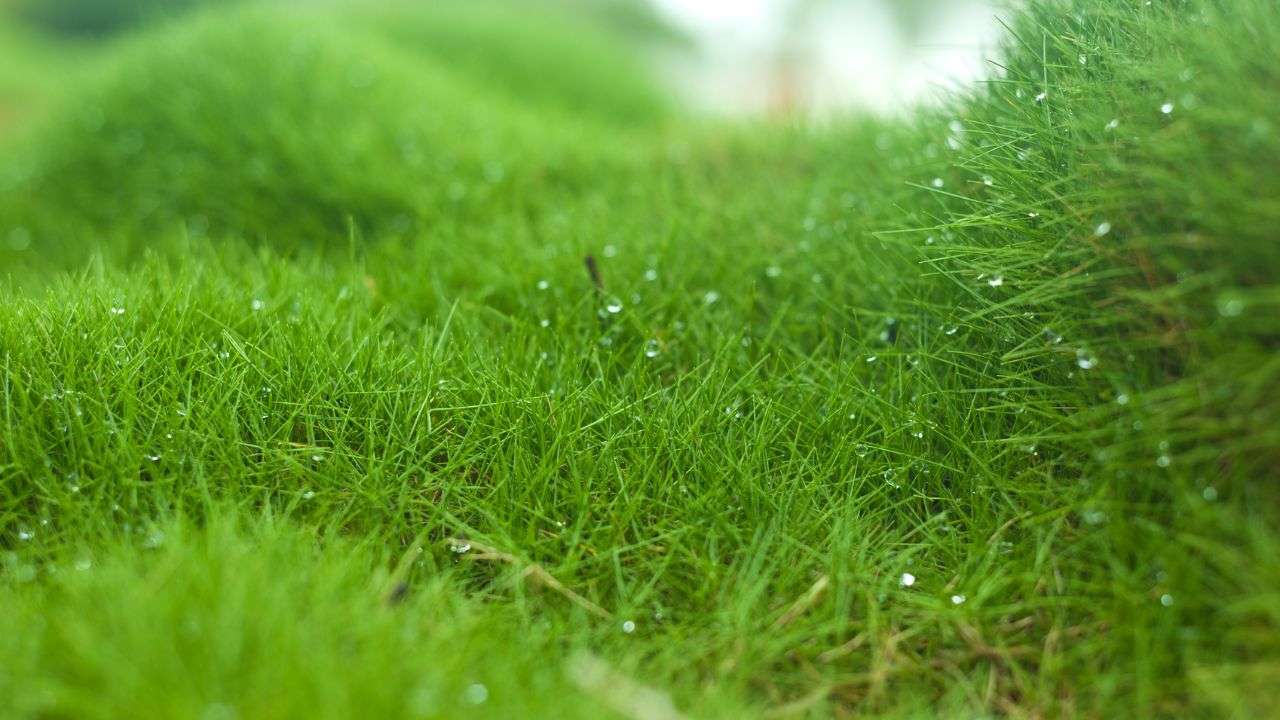
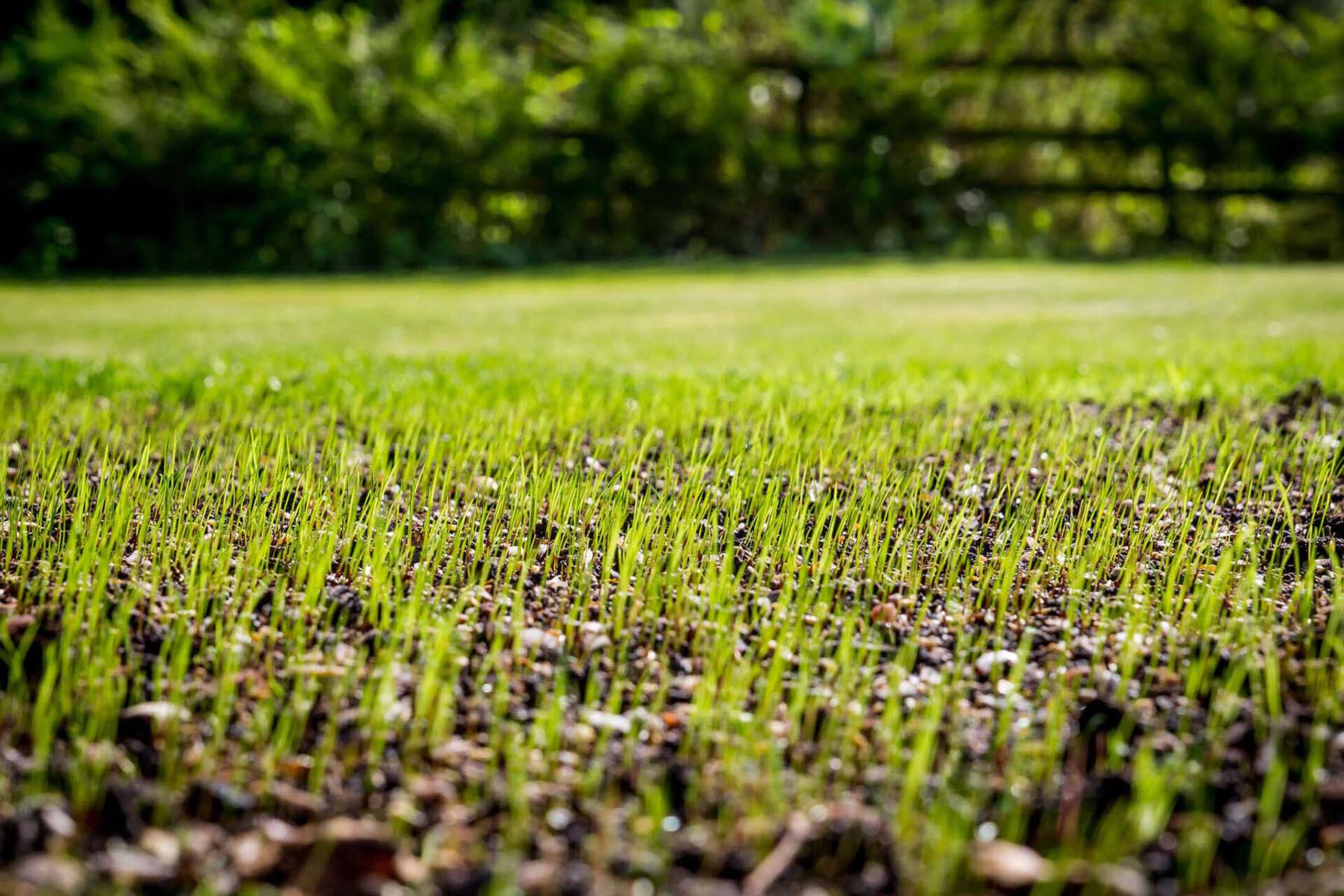
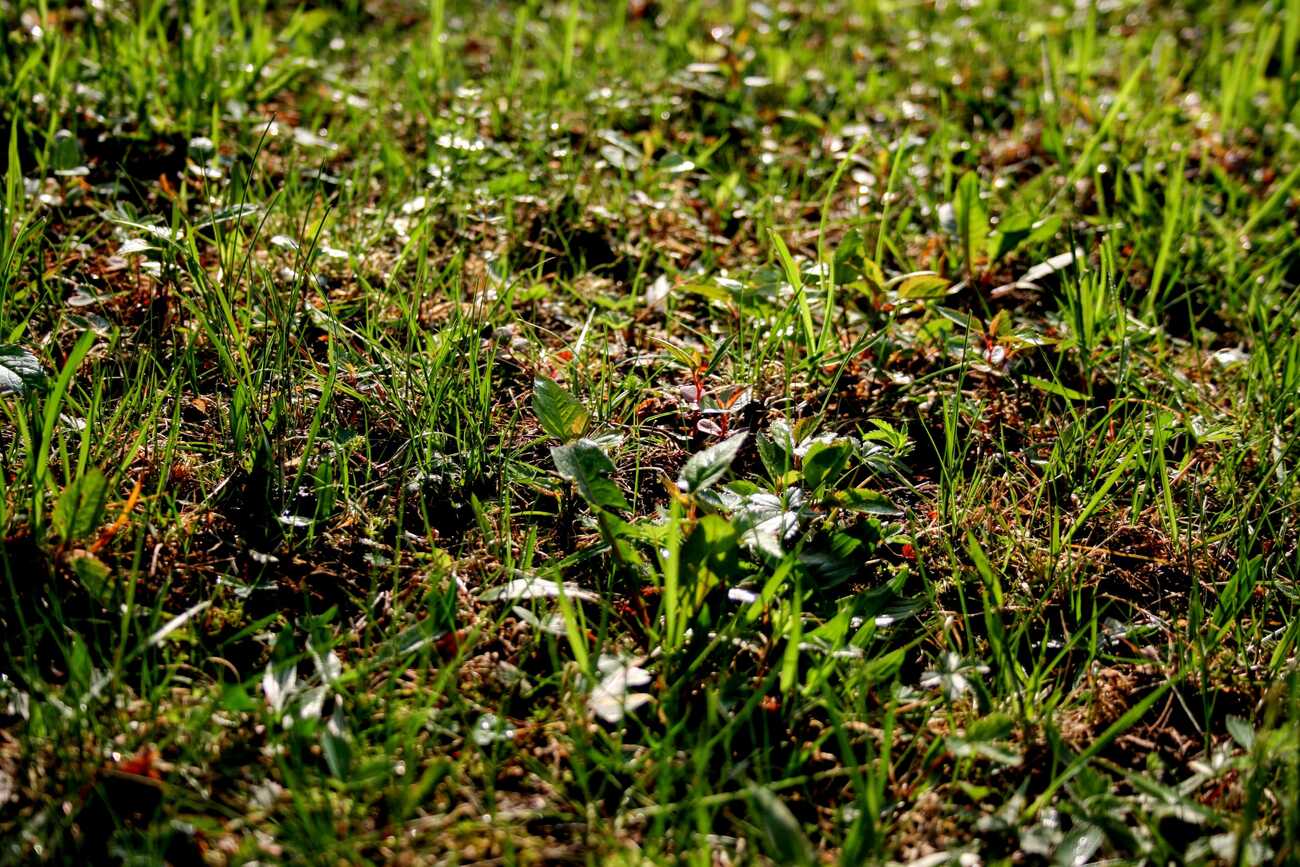

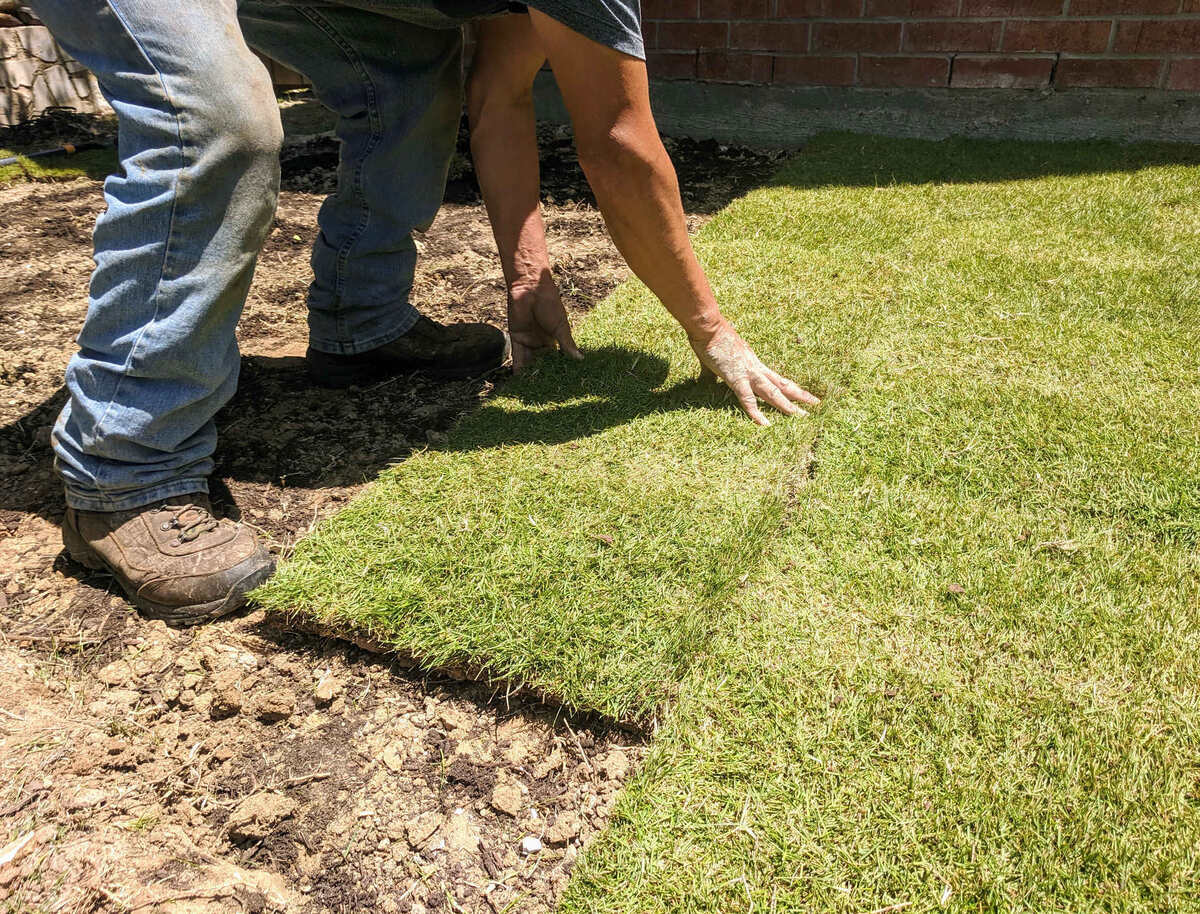
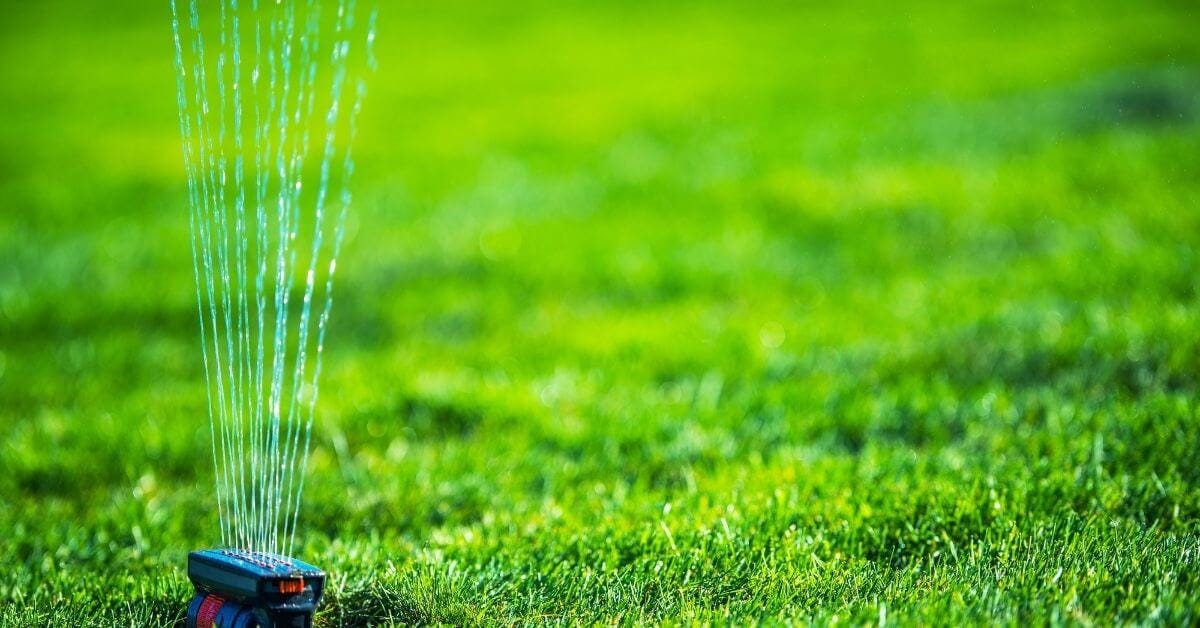
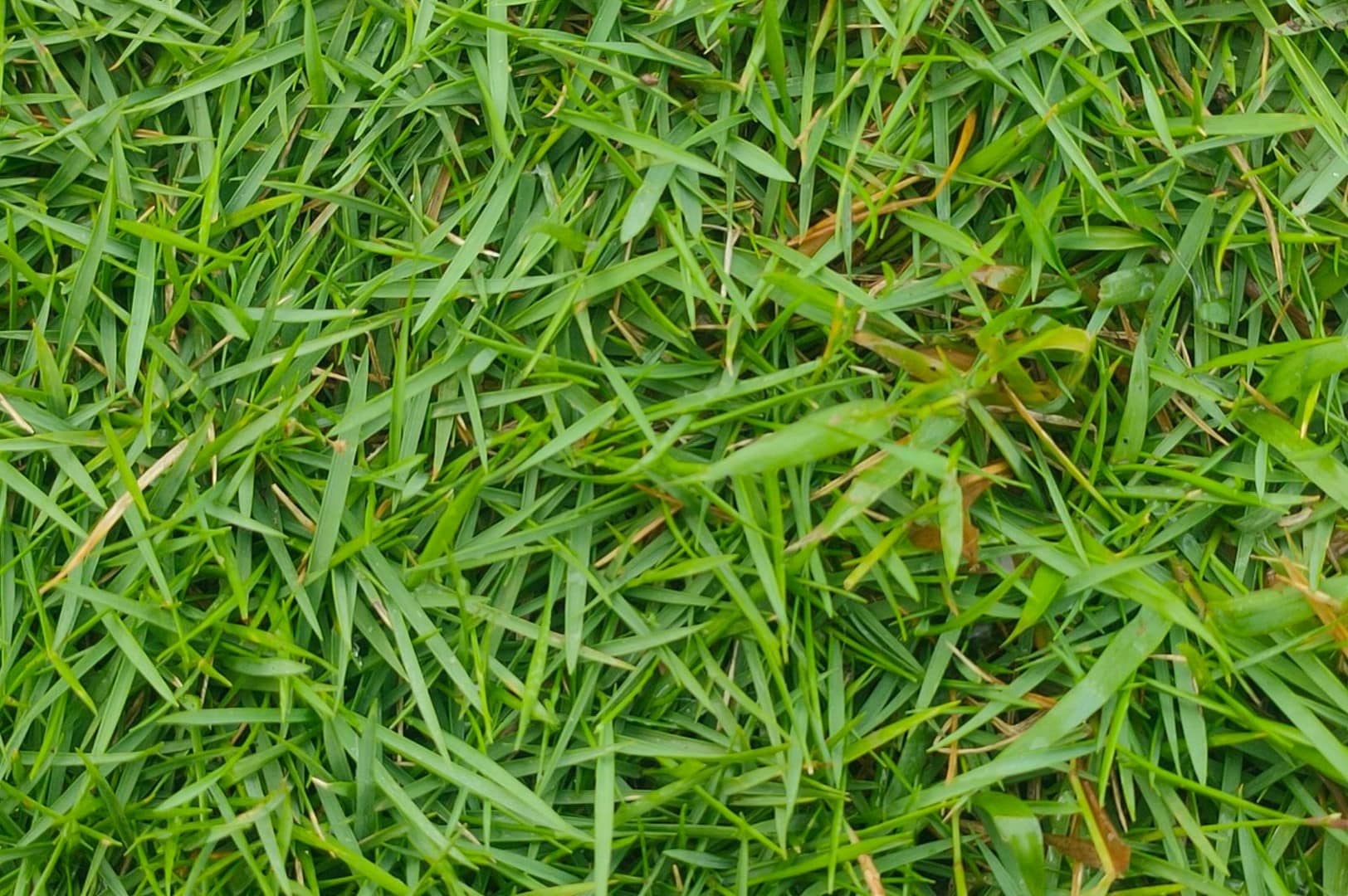
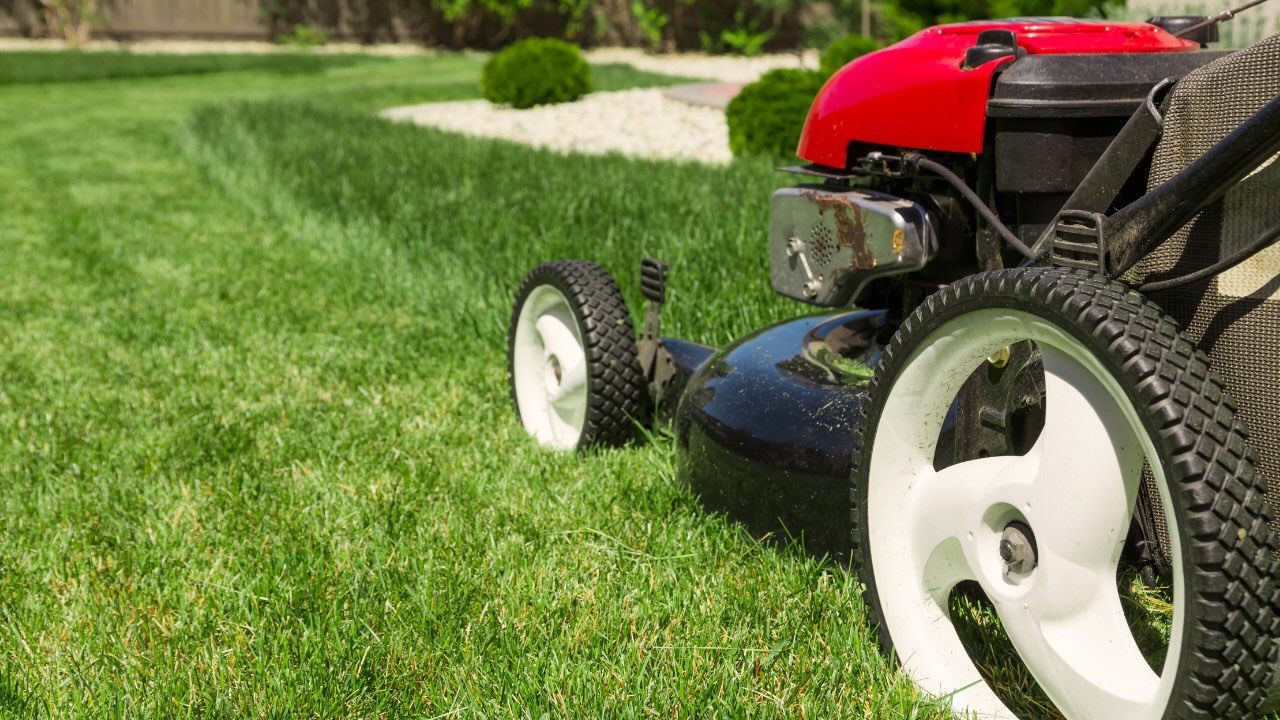
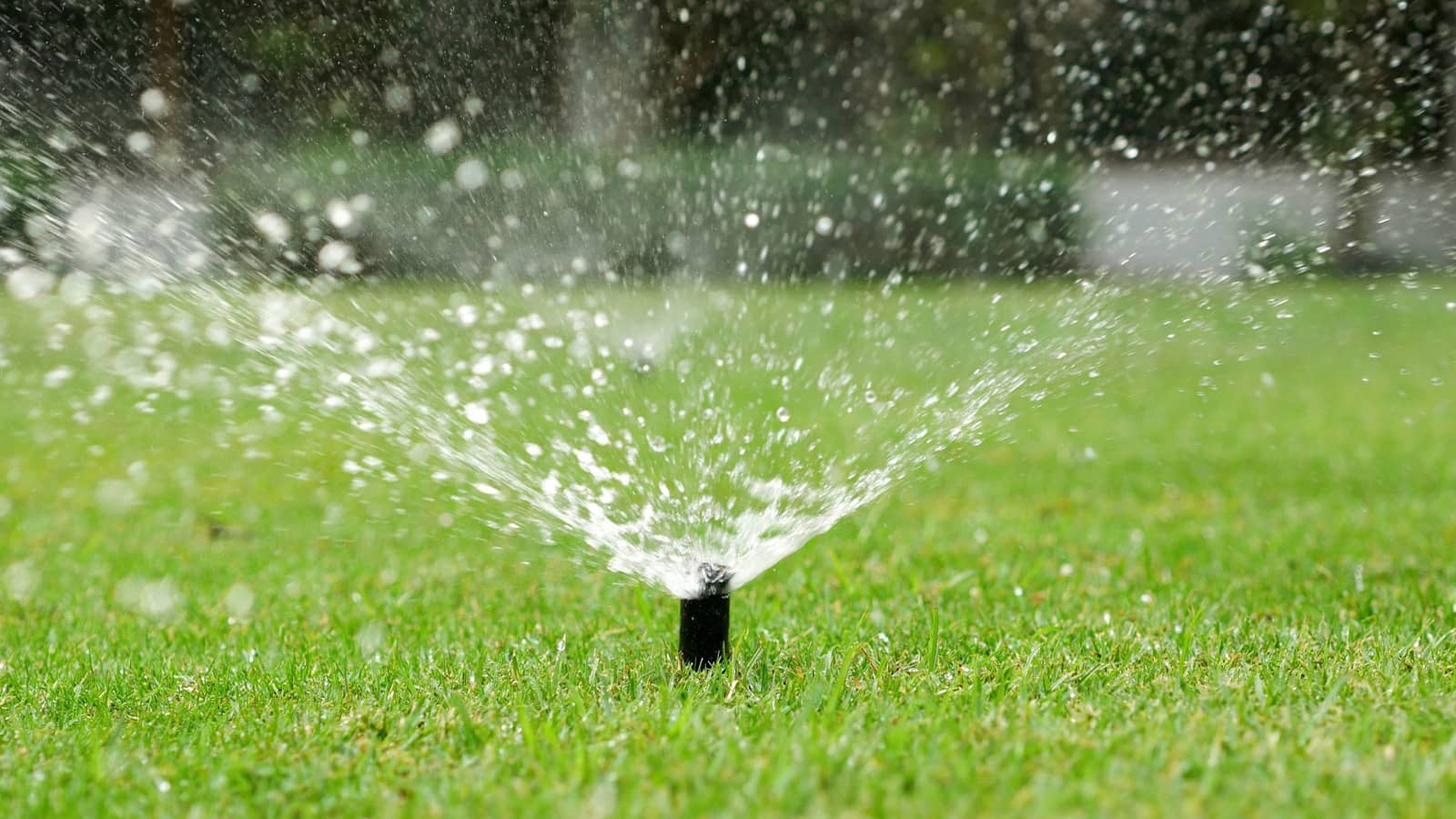
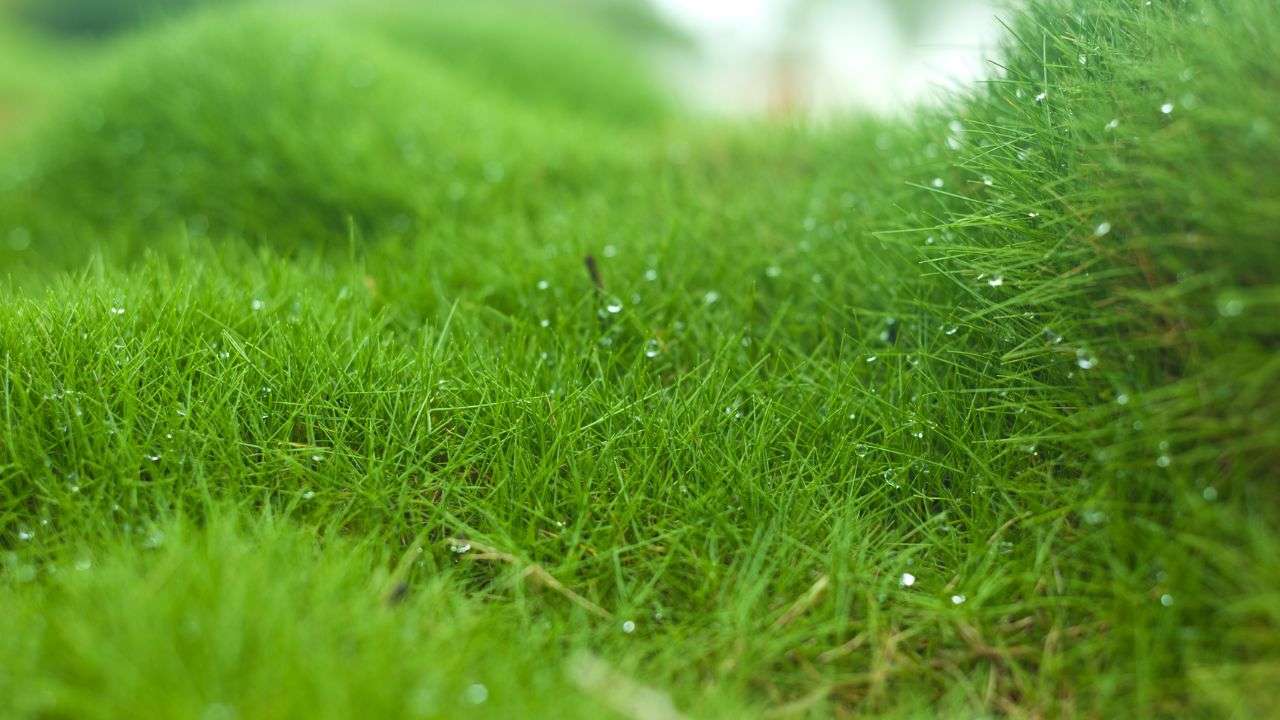
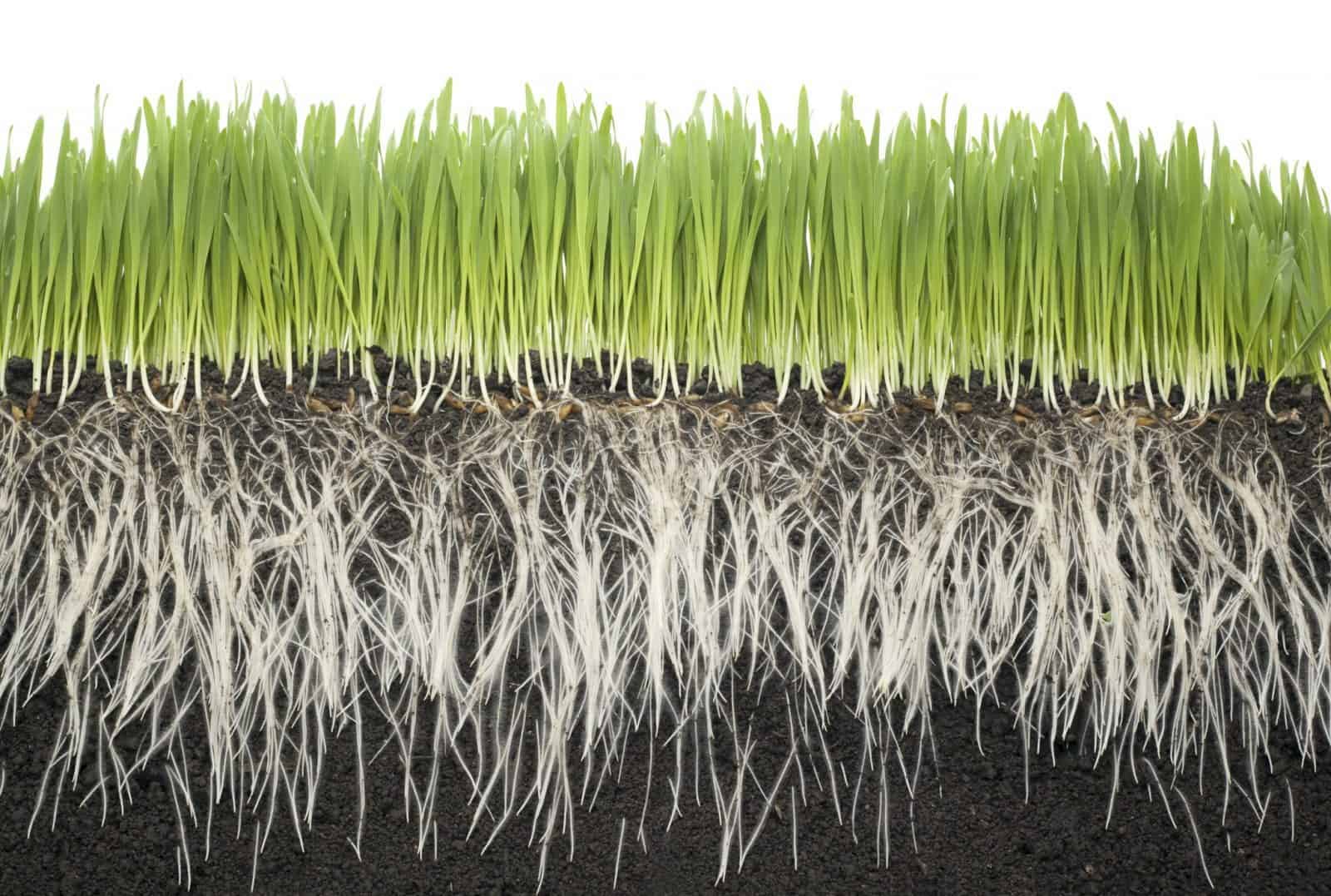
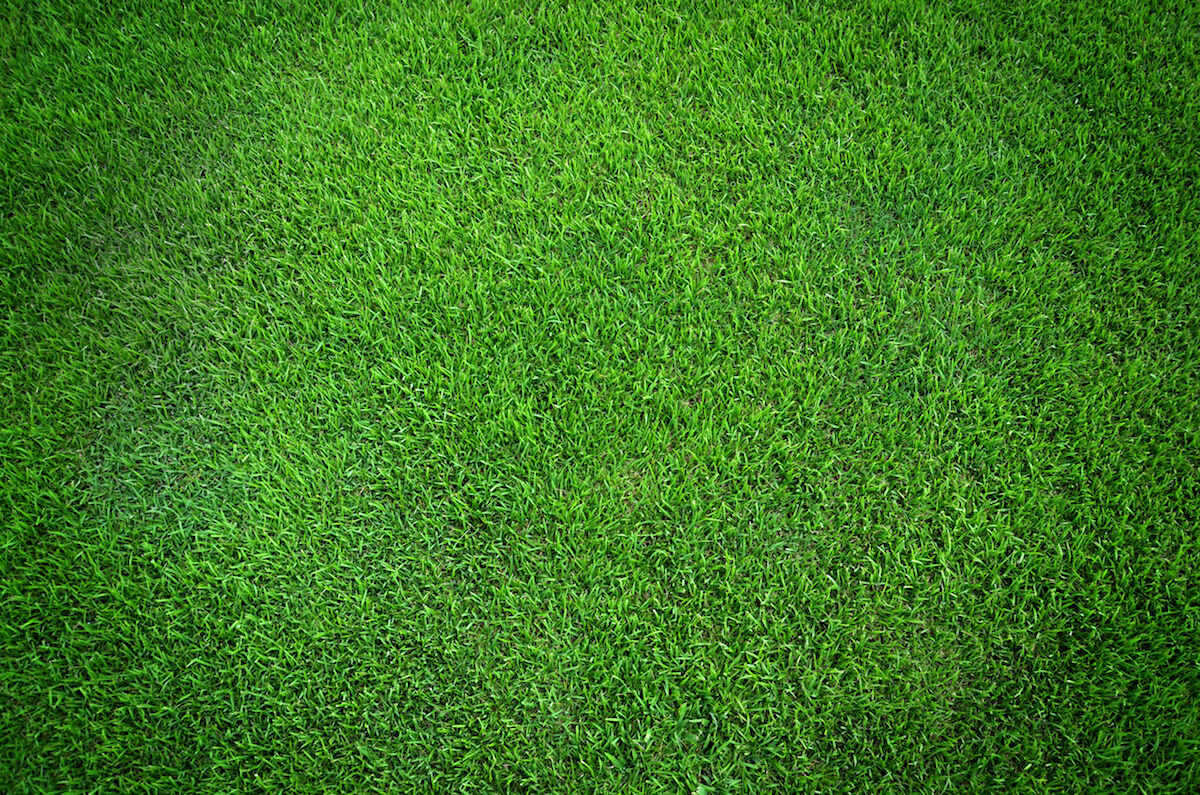
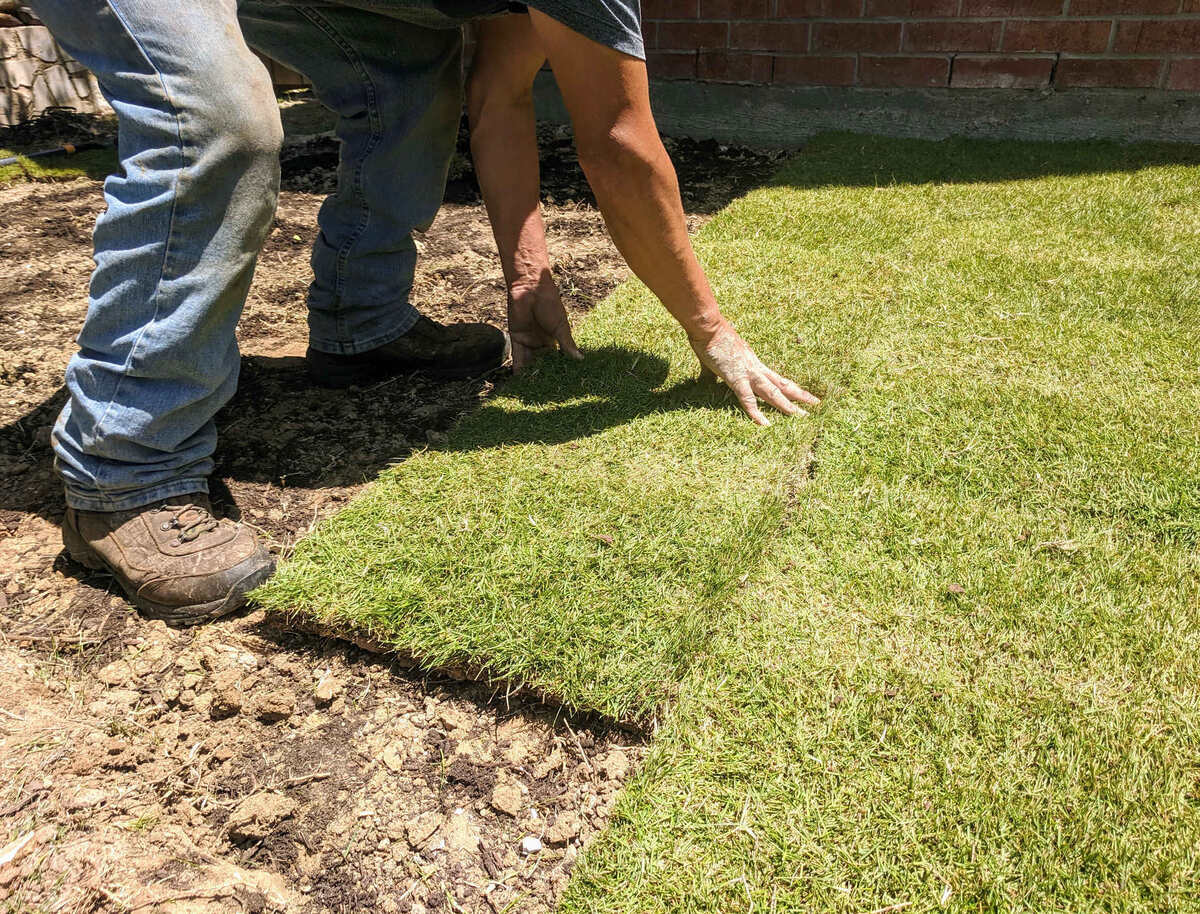
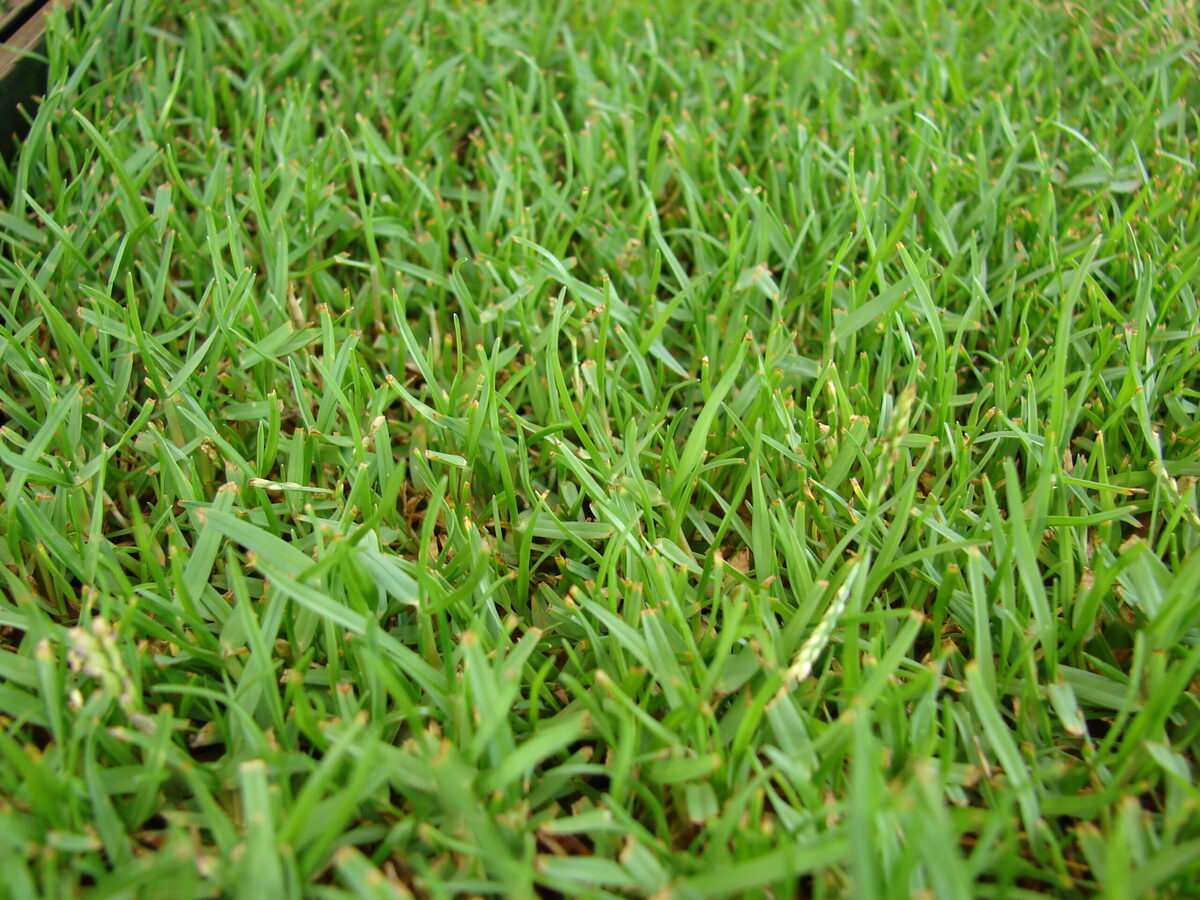

0 thoughts on “How To Make Zoysia Grass Grow Faster”